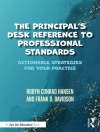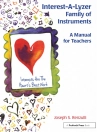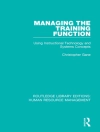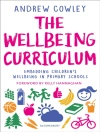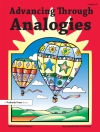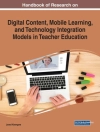How do you establish a classroom culture in which students routinely conjecture and think mathematically? How do you establish a way of working with teachers, using video, in which discussion supports professional development? The present book offers answers to these questions through an in depth (enactivist) study of one exceptional teacher in one innovative mathematics department in the UK. The book reveals some striking parallels between working to support students’ mathematical thinking and working to support teacher learning. A case is made for the importance of metacommunication in both contexts – communication about the communications that are occurring. For example, there is compelling evidence from a classroom that metacommunication, linked to the words ‘conjecture’ and ‘becoming a mathematician’, supports student metacognition and mathematical thinking. In working with teachers or students, offering these powerful metacommunications seems to require a heightened listening. With a heightened listening, attention is placed not just in what is said, but in what kind of a thing is said, with the teacher or facilitator being alongside the individuals in the wider group. ‘Read this book if you’re a teacher for insights into how one teacher establishes a classroom culture where her children are doing mathematics, ‘being mathematicians’ and reflect on what you want in your own classroom. Read this book if you’re a teacher educator to reflect on parallels between teaching and running professional development sessions, particularly using video. If you do not fit in either of these categories, read this book and use stories in your life.’ – Laurinda Brown, University of Bristol.
Inhoudsopgave
Preface; Timeline of Teaching and Research Activity; Acknowledgements; Part One; 1. Introduction; 2. Enactivism; 3. A Cyclical Enquiry; Part Two; 4. On Using Video; 5. On Teacher Learning; 6. Re-looking at Teacher Discussions; Part Three; 7. On Metacognition; 8. The Story of Teacher A; 9. Heightened Listening; Part Four; 10. Conclusion; Appendix 1; Appendix 2; Appendix 3; Appendix 4; References; Index.


